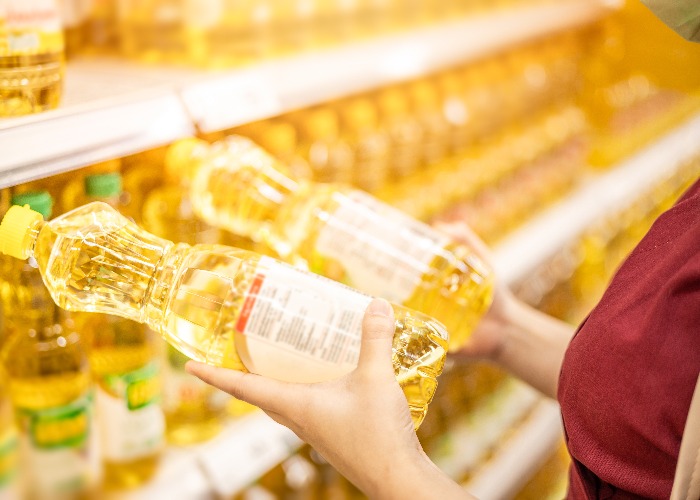Own-brand: shoppers losing out due to ‘parasitic’ branding tactics

Copycat branding is tricking shoppers into purchasing the wrong products.
Have you been conned into buying an own-brand product because of packaging?
British Brands Group (BBG), a membership organisation representing some of the biggest brands around, has accused retailers ‒ including a host of big high street names like Tesco and Boots ‒ of making use of ‘parasitic’ copycat tactics.
The BBG has published a dossier, which it has sent to Trading Standards and the Competition and Markets Authority (CMA), outlining examples of own-brand labelling.
And it argued that retailers are taking advantage of customer trust and confidence in certain brands, conning shoppers into buying their own versions by essentially ripping off the branding used by the original.
An easy mistake to make
This is clearly an effective tactic.
A study by BBG found that around a third of shoppers admitted to having bought an item by mistake because the packaging was similar.
It found that these perceptions of similarity were driven not just by using similar colours, but also by the shape, overall design and size.
As a result, retailers are benefitting from presenting their own-brand versions side by side with the original item.
The BBG argued that shoppers rely on subconscious and fast decision marking, picking up the item they want to buy within a matter of seconds.
Rather than actually inspect the label closely, they rely on the colour and shape of the packaging to identify the product they want.
And if the packaging is virtually identical between the branded product and the retailer’s own version, it’s inevitable that some shoppers will end up picking up the wrong one.
Does this really matter?
But what’s the actual impact from this? In the grand scheme of things, does it really matter if I purchase the supermarket’s own version of crackers rather than a packet of Jacob’s?
The BBG certainly thinks so. Not only does it think that retailers are indulging in ‘parasitic’ tactics by effectively conning shoppers, there can also be a price impact, with shoppers paying more than they would if they had gone for the original item.
It pointed to a court decision last year where Hendrick’s Gin challenged Lidl over its brand of Hampstead Gin.
Lidl was taken to court after having changed the design to be close to the look of Hendrick’s, and was temporarily banned from selling the product in Scotland, where the case took place.
The report noted that the price of the Hampstead Gin was 14% higher when in the similar packaging than beforehand, while it was sold in a larger bottle “so the per cl price could have been expected to be lower”.
John Noble, director of the BBG, said that there had long been evidence of people mistakenly buying these copycat product, but said this was the first time there had been “good evidence of price hikes”, which was particularly important given the cost of living crisis.
Essentially, retailers are using these copycat packaging to hike the price of their own-brand alternatives, piggybacking off the trust shoppers have in the big-name brands.
How shoppers can protect themselves
There are options open to brands when they find themselves subject to these iffy tactics ‒ they can go down the legal route, and if their intellectual property is being stolen then action can be taken.
That’s all well and good, but what about the individual shoppers who are the ones being duped in the first place?
I know I’ve been caught out by this in the past, shelling out on an own-brand item rather than the branded one I wanted, and while I may have been able to get a refund or exchange, all too often I just accepted the mistake and made the best of it.
The key really is to avoid making the mistake in the first place, taking a little extra time when shopping to ensure that you pick up the right item at the outset.
Being wise to the copycat tactics means that you should be less likely to be caught out.
I also know that I’ve found I’m less likely to be tricked in this way when shopping online rather than in person.
Really though, the best protection will come from the authorities doing their job and protecting shoppers.
If retailers are tricking shoppers by ripping off the design of branded products, then there need to be real consequences.
Most Recent
Comments
Be the first to comment
Do you want to comment on this article? You need to be signed in for this feature








